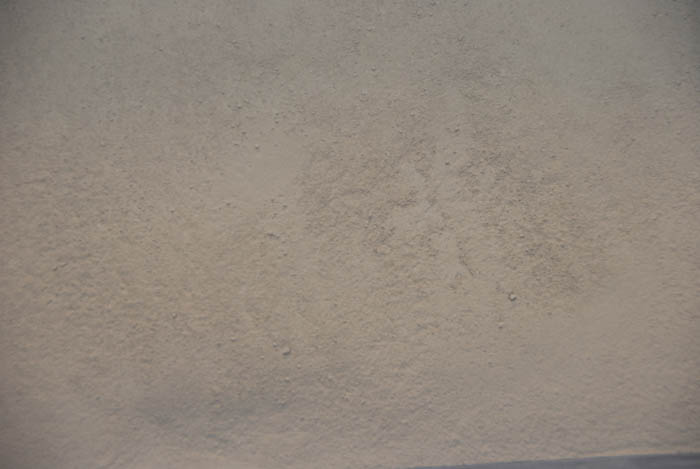Description
Refractory and masonry mortars (in the form of ready-made dry mixtures and multicomponent compounds) are used at temperatures up to 1580 °C.
In accordance with EN 1402-1, refractory mortars are divided into:
– heat cured, which are set at elevated temperatures due to their chemical or ceramic bond;
– air-hardened, which are set with their chemical or hydraulic binder at room temperature.
With the expansion of the use of various heat-insulating materials, products (bricks, blocks, boards) the more and more importance is acquired by refractory mortars, masonry mortars, other adhesive compounds intended for bonding heat-insulating products in the masonry and filling the joints.
Represent a set of different dry components, mixing of which allows obtaining an appropriate masonry mortar for lining of lining from various high-temperature heat-insulating and refractory products (Refer to Table 1. Schortcut for mortars selection).
| MDM-41, MHS-51, MCS-61, MVB-71 |
|---|
| Multicomponent compositions of MDM-41, MHS-51, MCS-61, MVB-71 are designed for use at temperatures up to 1300 °C. (Refer to Table 3) for the binding of durable, heat-insulating bricks of the M-Extra grade in dry condition (mainly for their heaviest grades), as well as for laying of heat-insulating boards based on calcium silicate and vermiculite.) It can be used without heating, at a temperature of +10 °С. |
| MSIC-15 |
|---|
| MSIC-15 is used for laying cof arbide-silicon boards and bricks based on nitride bond. It can be used without heating, at a temperature of +10 °C. |
| MSK-37 |
|---|
| MSK-37 is used for laying of bricks with a high content of silica and low content of aluminum oxide, is designed, among others, for laying of the barrier layer of primary aluminum electrolyzers. It can be used without heating, at a temperature of +10 °C. |
Multicomponent compositions of MSIC-15, MSK-37 are designed for use at temperatures up to 1580 °C (Refer to Table 4).
IMPORTANT!
The service life and safety in the operation of refractory brickwork depends not only on the correct choice of products as masonry material, but also as a mortar (masonry mortar). It is very important that the products are laid or connected using an appropriate masonry mortar.
Mortars must satisfy some general requirements arising from their main purpose – to provide a tight joint that firmly ties the masonry elements, namely:
Mortar – masonry mortar – as a rule, should correspond to the chemical and mineralogical composition of the masonry material. Raw materials with different mineralogy have different chemical composition, which basically determines the physical properties of the final product, including among others its temperature linear expansion. Some materials expand evenly, others sharply. The temperature volumetric expansion of the masonry joint and the products to be bonded must be consistent, otherwise complete separation of the mortar from the masonry products may occur. The difference in the chemical and mineralogical composition between thr brickwork and mortar (masonry mortar) with temperature fluctuations leads to the occurrence of internal stresses and, accordingly, to cracking in the masonry, weakening the integrity of the structure, premature failure and heat loss through the resulting cracks and fractures.
High thermal conductivity of the mortar results in increased heat losses through the joints of the masonry.
The thermal conductivity of materials based on AL2O3 is much higher than the thermal conductivity of diatomite-based materials. In this case, in more than 8 times. Accordingly, the same losses are found through the masonry joints.
Cementing agents, plasticizing additives and the grain composition of the mortar must be carefully selected to obtain an optimum thickness of the masonry joint in order to achieve the maximum possible strength. The degree of the mortar grinding depends on its purpose.



 Русский
Русский 